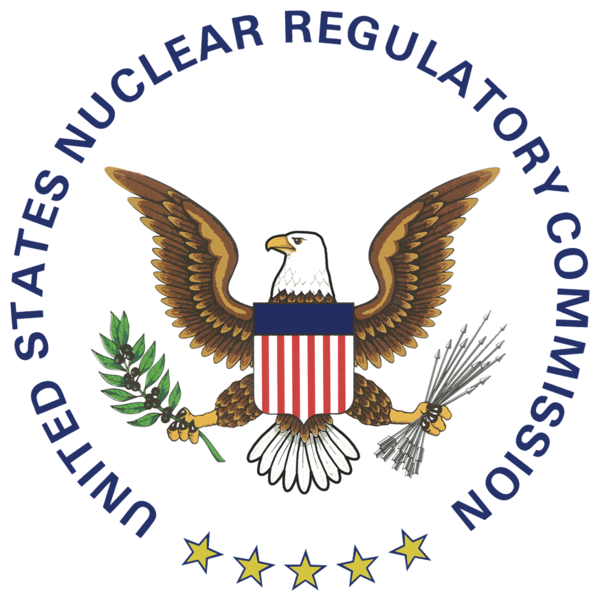Nuclear Reactors 735 - NRC Slow To React To Threats Posed By Drones For Nuclear Power Plants - 1 of 2 Parts
Part 1 of 2 Parts
The U.S. Nuclear Regulatory Commission (NRC) recently completed a two-year review of safety requirements for U.S. nuclear power plants. Following the review, the NRC decided that they would not require nuclear power plants and some nuclear material processing plants to maintain systems to defend their facilities against unmanned aerial vehicles which are commonly referred to as drones.
Drone technology has been evolving rapidly and were recently used to attack a major oil refinery in Saudi Arabia. With no requirement for drone defense, U.S. nuclear power plants and other facilities could be vulnerable to terrorists seeking to destroy them, trigger a meltdown or to steal nuclear materials. This decision and the dangers that will result from it was reported in an unclassified report that the Union of Concerned Scientists (UCS) posted to the NRC public document server on the 30th of October of this year.
Edwin Lyman is the acting director of the UCS Nuclear Safety Project. He said, “The NRC’s irresponsible decision ignores the wide spectrum of threats that drones pose to nuclear facilities and is out of step with policies adopted by the Department of Energy and other government agencies. Congress should demand that the NRC require nuclear facility owners to update their security plans to protect against these emerging threats.”
The NRC mandates that nuclear power reactor owners take steps to defend their facilities against terrorist attacks. The terrorists are assumed to have a defined set of offensive capabilities that are referred to as the “design basis threat.” Following the terrorist attack on the World Trade Center in New York City on September 11, 2001, the NRC debated a requirement that nuclear power plants should have defenses against attacks by jets and other aircraft. The suggestion was ultimately rejected by the NRC. Their reasoning was that it was not their responsibility to require such defenses. They said that the U.S. Transportation Security Administration and other federal agencies had that responsibility.
In the years since then, new developments in drone technology have given terrorists new abilities which could be used to defeat current defensive measures for nuclear power plants which are aimed at defending against ground attacks by terrorists on foot or in surface vehicles. So far, drones have been used to spy on the U.S. – Mexican border, to smuggle drugs into the U.S., to surveille nuclear power plants and, mentioned above, attack oil refineries. Drones are very difficult to detect and defend against without very specialized equipment.
A report was issued by the inspector General of the U.S. Department of Energy (DoE) in April of 2019. The report said, “the increasing availability and improved capabilities of small [drones] enhances the potential for use in illicit operations, including surveillance, disruption, and weaponization.” The report suggested that the DoE “use the appropriate process to update security controls based on the most recent information available concerning [drone] capabilities.”
In response to this report, the DoE is updating its design basis threat. The details of such revisions as well as the details of the original design basis threat are classified. Unfortunately, the current threat assessment of the NRC resulted in a recommendation to take no action to change their policy.
Please read Part 2
